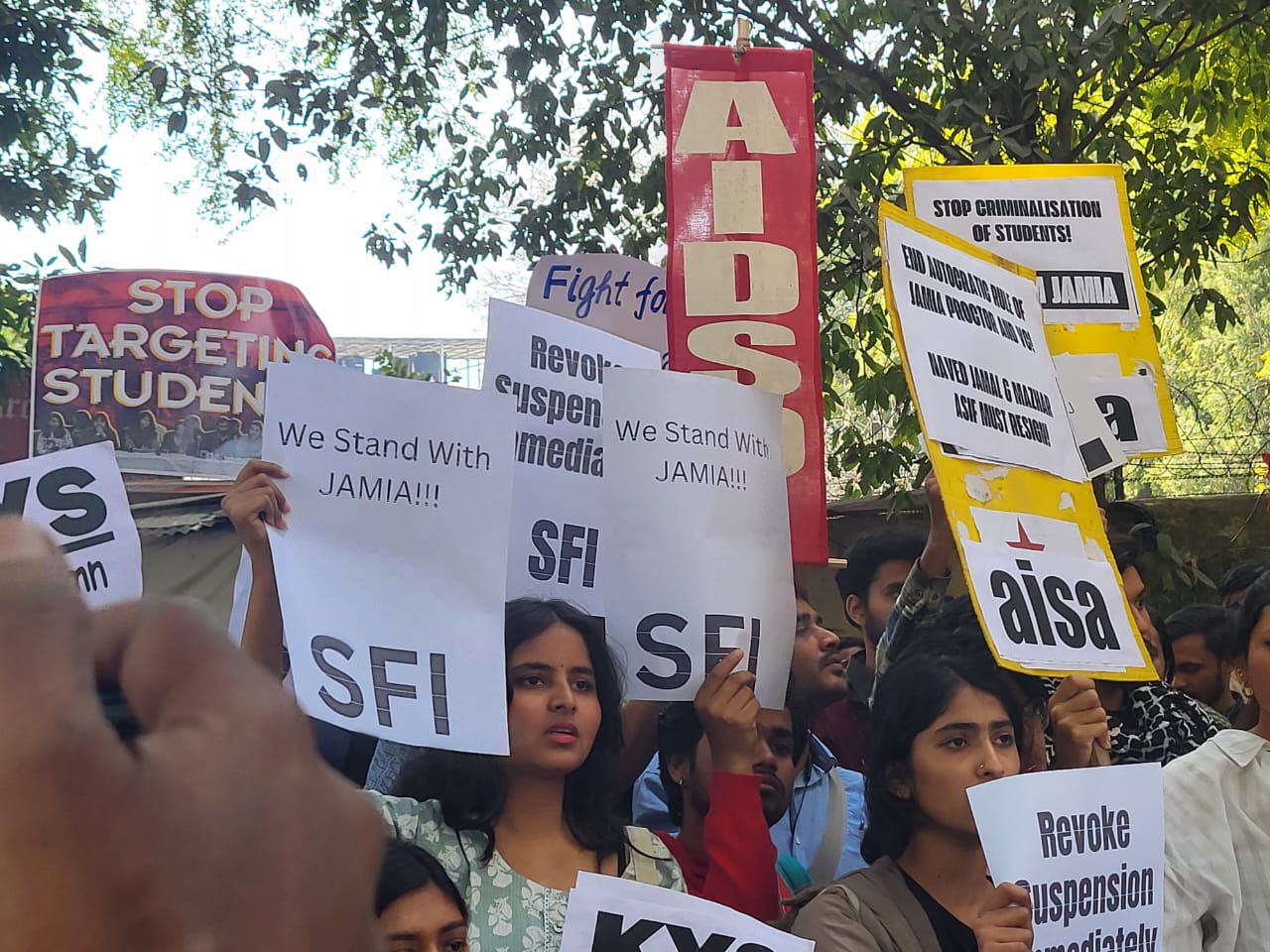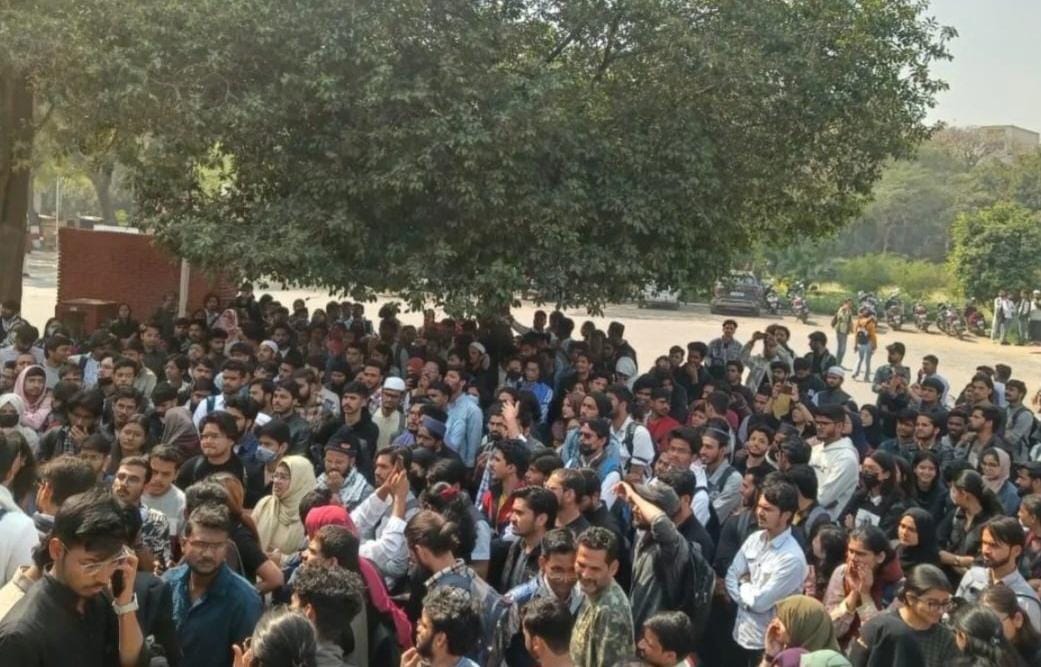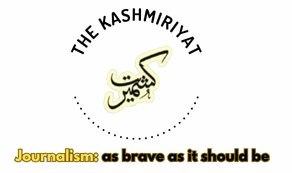
Prerna Bhat
The movement began earlier that week when student groups circulated posters calling for solidarity with those detained by university authorities. These simple yet powerful posters, which appeared on social media on February 14, urged students to unite in protest.
The demonstration opposed the harsh treatment of students involved in recent protests, particularly those who had been publicly shamed and disciplined. Among them were two PhD scholars who participated in the December 2024 protest marking the anniversary of the anti-CAA movement. The administration’s decision to issue show-cause notices to them and others was widely seen as an attempt to suppress dissent. Punitive measures, such as suspensions and fines, were viewed as an effort to instill fear and silence students.
The February 17 boycott was a sweeping demonstration, with students from across the university standing against what they saw as an assault on their fundamental rights. Classes were suspended as students prioritized justice and free expression over academic obligations.
As the protest gained momentum, reports emerged that security personnel and individuals opposing the boycott were photographing and filming students on campus. Many saw this surveillance as an intimidation tactic meant to track participation. The invasion of privacy sparked further anger, as students feared the footage could lead to punitive action or academic repercussions.
Earlier, the administration’s release of personal information had already raised serious concerns about student privacy and safety. Many feared increased surveillance would only escalate tensions. In response, students called for the resignation of certain administrators, holding them accountable for the growing divide between the student body and university leadership.
The boycott was both an act of defiance and a stand for the right to protest. Many students voiced concerns about the increasing militarization of campus security and the rise of a surveillance culture at Jamia, reflecting a larger national debate on balancing campus order with student rights.
As of now, the boycott continues, with students remaining firm in their demands for justice. If the administration does not address their concerns, further protests, discussions, and public forums are likely. Moving forward, meaningful dialogue between students and university officials will be crucial. The February 17 boycott sent a clear message: Jamia students will not back down in the face of adversity. The students have reaffirmed that they will continue to fight for their rights, their freedom, and their future.





